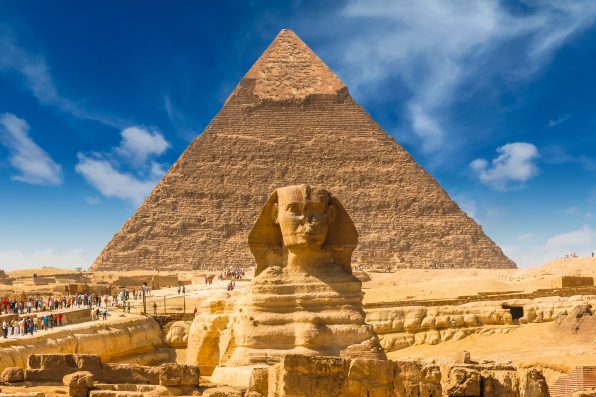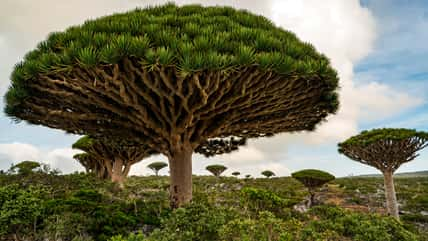Archaeologists In Egypt Recently Uncovered Various Tombs Containing Dozens Of Mummies, Two Of Which Had Been Outfitted With Golden Tongues

Digging up old dead bodies can probably get pretty dull and time-consuming, even for archaeologists who are passionate about their work. So, when a mysterious artifact or two is unburied alongside the deceased, that makes the discovery all the more worth it.
Recently, archaeologists in Egypt unearthed several tombs built with limestone blocks that contained dozens of mummies.
Two of the mummies were outfitted with golden tongues, showcasing yet another example of the unusual funerary practices of the ancient Egyptians.
The finds were made during excavations at an ancient city called Oxyrhynchus, which is located about 100 miles away from Cairo. During the Roman period (29 B.C. to 641 A.D.), Oxyrhynchus was a city of great importance, second to Alexandria.
With the addition of the two new discoveries, the total number of golden tongues that have been found at the site is up to 16.
According to the co-directors of the archaeological mission at Oxyrhynchus, Esther Pons Mellado and Maite Mascort, Egyptians put golden tongues into the mouths of the deceased to aid them on their journey to the afterlife and enable them to communicate with Osiris, the lord of the underworld.
“The Egyptian people deposited the golden tongues to restore vital functions to the dead and also so that the body remained intact in the afterlife. For the Egyptians, gold was the flesh of the gods,” said Pons Mellado and Mascort.
In 2021, the team of archaeologists found the collection of mummies alongside papyri with Greek text and mud seals containing Egyptian iconography.
In addition to the Roman-era tombs, they recently came across three large underground tombs known as hypogea. The hypogea dates back to the Ptolemaic period, which spanned from 304 B.C. to 30 B.C.

antonbelo – stock.adobe.com – illustrative purposes only
When the researchers explored the hypogea further, they encountered nine stone sarcophagi covered with a mixture of designs depicting people and animals.
Two of them were still sealed, having managed to escape being pilfered by robbers over the centuries. Furthermore, they found various terracotta figurines depicting the goddess Isis-Aphrodite.
This deity was a combination of the Egyptian goddess Isis, who was associated with healing and magic, and the Greek goddess Aphrodite, who was known for her beauty.
Overall, the archaeologists discovered more than 30 mummies wrapped in colorful plastered layers of papyrus and fibers.
“It is the first time that we have found in Oxyrhynchus terracotta with the image of Isis-Aphrodite and the first time that [these] kinds of pieces appear in this area of the middle Egypt,” wrote Pons Mellado.
Not much is known about the individuals buried in the tombs, but experts can assume that they must’ve been people of high status in Oxyrhynchus since they could afford to be mummified and laid to rest with such a precious commodity as gold.
Sign up for Chip Chick’s newsletter and get stories like this delivered to your inbox.
More About:News





